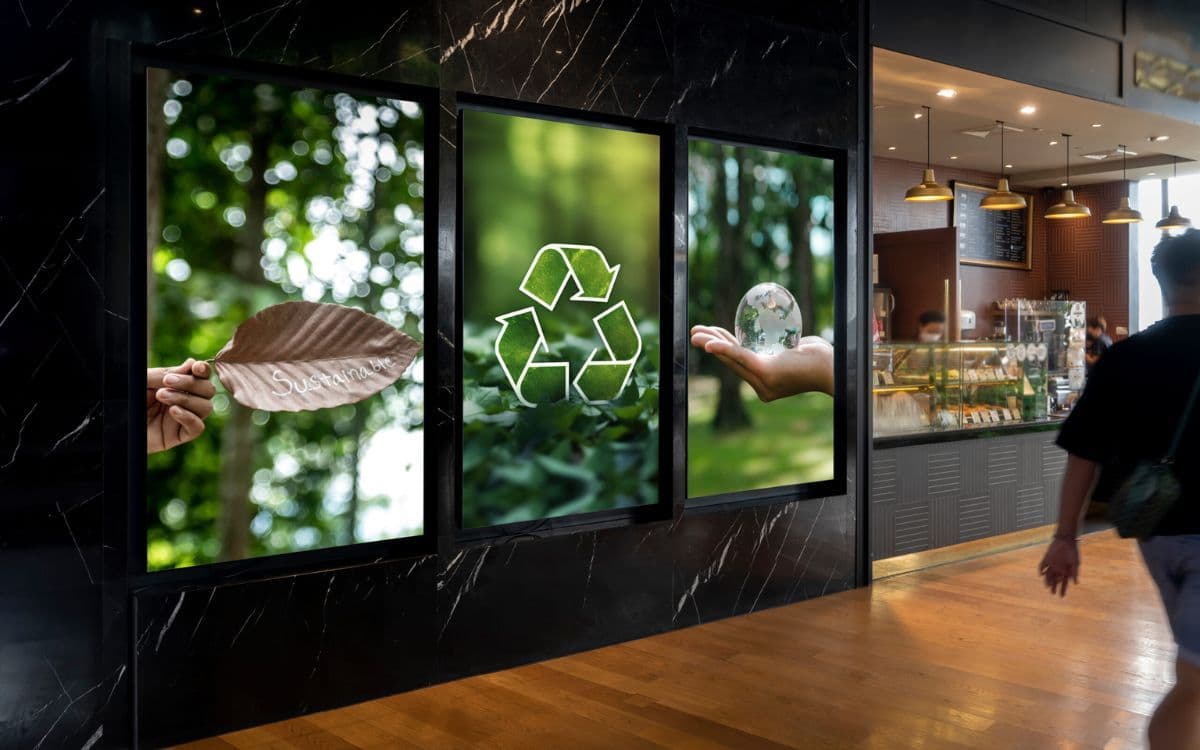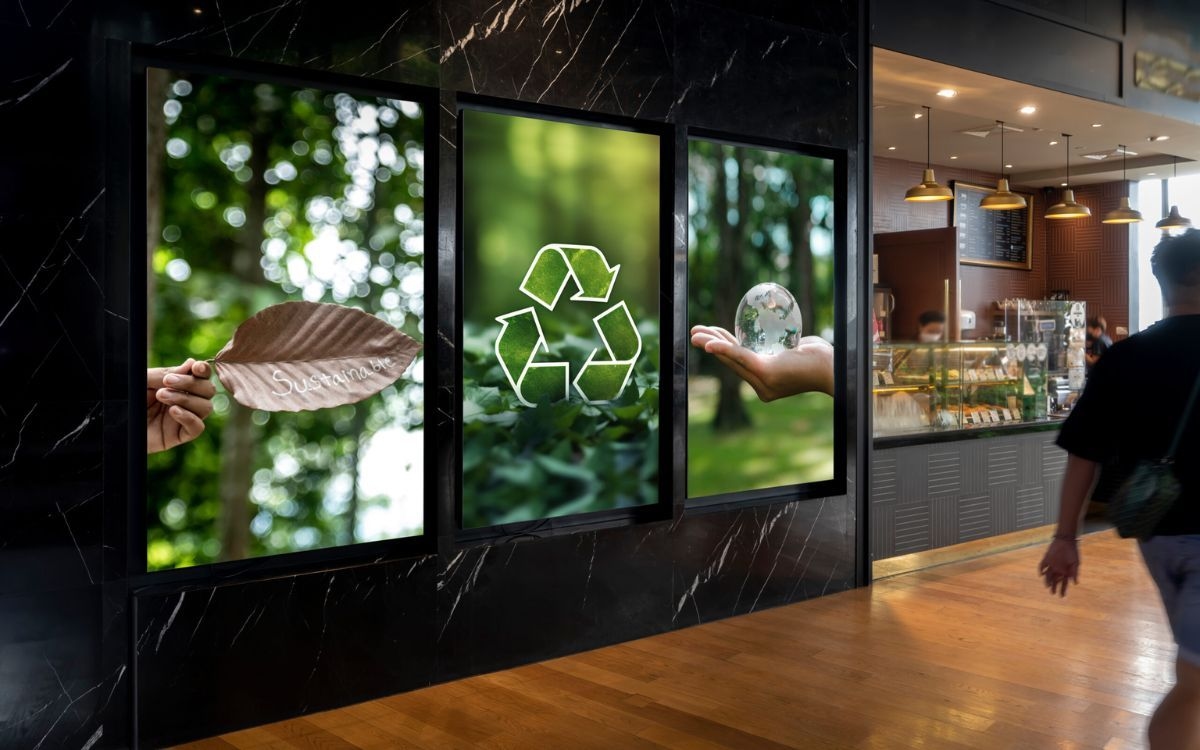The science behind a brand activation agency playbook
1) Deep processing → design for participation
The science. Passive exposure (seeing a logo) is easy to ignore. When people act: touch, choose & solve, they process information more deeply and remember it longer.
Make it happen. Swap passive demos for hands-on stations with a simple sequence (3 steps to try it). Use micro-tasks (“build your mix”, “vote & reveal”, “scan to unlock”). Design co-creation moments (visitors add to a live mural, configure a product, record a clip).
2) Multi-sensory integration → layer sight, sound, touch (+ scent)
The science. Experiences that stimulate multiple senses are more emotionally intense and more likely to be stored in long-term memory.
Make it happen. Pair your hero visual with tactile materials (wood, fabric, metal) and directional sound. Use signature scent lightly to create instant brand recall. Script haptic cues (clicks, textures) into interactions.
3) Emotion & dopamine → build moments of WOW
The science. Surprise, challenge and delight release dopamine, strengthening memory pathways. Emotion accelerates recall.
Make it happen. Start with an unexpected reveal (kinetic element, transformable set piece). Add playful friction (beat the timer, choose your path, win a small prize). Close with a personal payoff (custom takeaway, photo, or achievement badge).
4) Agency & ownership (The Ikea Effect) → let guests drive
The science. People value outcomes they helped create. Giving attendees control deepens connection and advocacy.
Make it happen. “You do it” mix/try/build bars (not just watch). Branching choices that change the experience (A/B/C paths with visible consequences). User-generated artifacts (printed cards, digital clips, mini-products) to take away.
Read more about the IKEA effect here.
5) Novelty & distinctiveness (Von Restorff Effect) → stand out on purpose
The science. We remember what breaks the pattern – especially when we participate in it.
Make it happen. Frame one signature twist (odd scale, unexpected material, unusual location). Use contrast in colour/light/motion to separate your zone from the surroundings. Build a “what is that?” hook visible from 10m that invites approach.
6) Social identity & sharing → create brag-worthy beats
The science. People use experiences to signal identity. They share interactive wins more than passive scenes.
Make it happen. Design camera-ready angles and flattering light; show the brand subtly, not as a billboard. Offer share prompts (auto-edited clips, GIF booths, “I beat the challenge” overlays). Seed peer cues (leaderboard, applause moments) so crowds attract crowds.
7) Measurement & ROI → instrument the experience
The science. Interactive formats deliver higher dwell time, more conversations per visitor, stronger post-event recall and brand favorability – if you capture the data.
Make it happen. Track simple behavioral metrics: dwell time, completion rate, choices made, content shares. Gate premium moments with light registration (scan to play, QR to save clips). Prepare a one-page impact report within 72 hours (wins, learnings, next test).
Activation blueprint (one page plan)
Objective → Audience Insight → Signature Interaction → Sensory Layers → Data To Capture → On Site Roles → Shareable Moment → Takeaway
Fill this in at kickoff and align every vendor to it. If an element doesn’t serve the interaction, it’s décor not design.
Example micro journey (3 minutes)
Approach (0:00–0:30): A curiosity hook (“Can you beat 30 seconds?”) + motion/sound cue.
Engage (0:30–2:00): Hands-on challenge with two choices (A/B path). Staff act as coaches, not gatekeepers.
Payoff (2:00–3:00): Reveal result + personalised takeaway (clip or card) + soft opt-in to save/share.
Budget smart sustainability add ons
- Modular elements you can re-skin across the tour
- Local sourcing and low-energy lighting
- Digital content over print (QR menus, in-app rewards)
Planning your next activation?
As a brand experience agency, we translate science into moments people love, and remember.
Own the spotlight with Iventions. → Take a look at our work!











